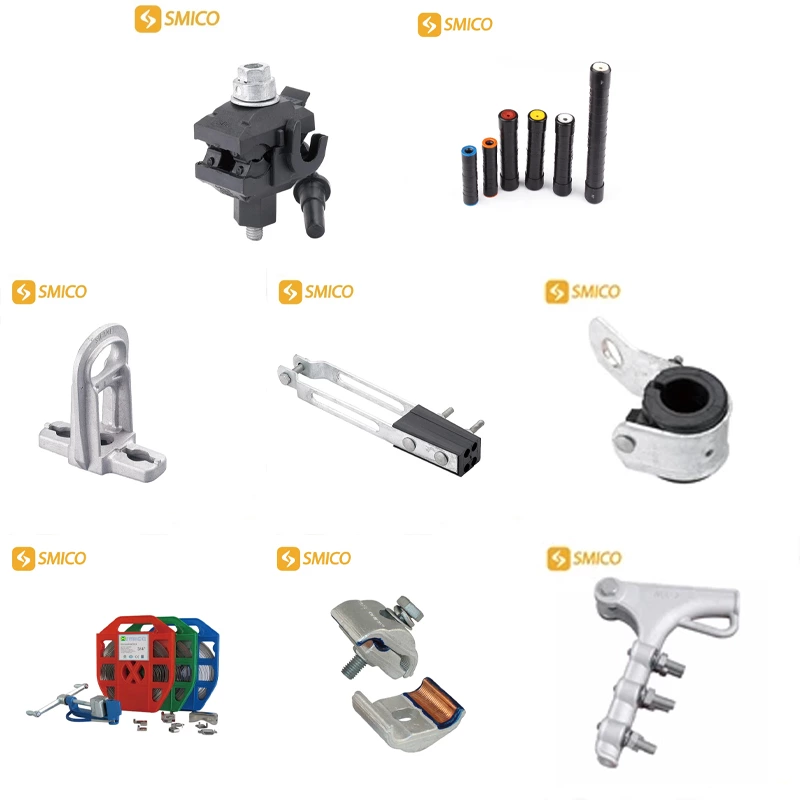How To Choose Electrical Fittings
aerial electrical fitting, is a metal accessory that connects and combines various devices in the power system, plays a role in transmitting mechanical loads, electrical loads and some kind of protection. There are many power line hardware, but how should we choose? The following article will give you an explanation. The iron or aluminum metal accessories widely used in power transmission lines are collectively referred to as overhead line fittings. distribution line hardware are of various types and have different uses. For example, various wire clamps for installing wires, various hanging rings for forming green sub-strings, various crimping tubes and repair tubes for connecting wires, various types of spacers on split wires, etc. In addition, there are various types of pull wires overhead line connectors for poles and towers, and the size of the wires used for protection must be matched with each other. Most of the overhead line hardware need to withstand greater tension during operation, and some must also ensure good electrical contact at the same time. It is related to the safety of the wire or pole tower. Even if a ring is damaged, it may cause line failure. Therefore, the quality, correct use and installation of overhead power line connectors have a certain impact on the safe power transmission of the line. According to the main performance and use of overhead power line hardware, transmission line hardware can be roughly divided into the following categories: 1), suspension hardware, also known as support hardware or suspension wire clamp. This hardware is mainly used to suspend the conductor on the insulator string (mostly used for straight pole towers) and suspend jumpers on the insulator string 2), anchoring hardware, also known as fastening hardware or wire clamp. This hardware is mainly used to fasten the terminal of the conductor to fix it on the wire insulator string, and is also used to fix the terminal of the lightning conductor and the anchoring hardware of the pull wire. It bears all the tension of the conductor and the lightning conductor, and some anchoring hardware becomes a conductor.

